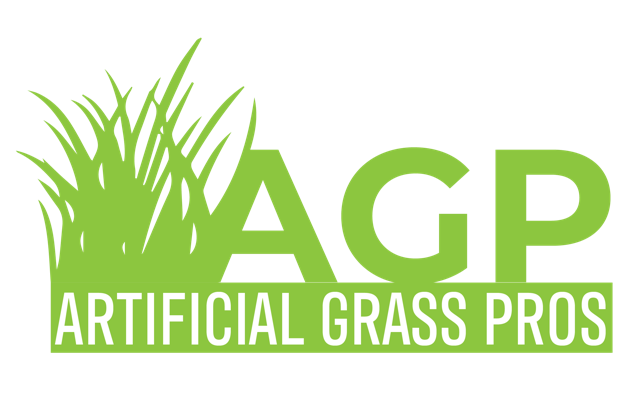Artificial turf is becoming increasingly realistic and affordable, and this makes it a great choice for many types of homes and businesses. It can be used in shaded gardens, on urban balconies and rooftops, and is even used in playgrounds and schools. It is also a more environmentally friendly option than grass, making it the perfect choice for many settings. Next Article.
Compared to natural grass, artificial turf will last much longer. It does not need mowing, watering, or fertilizers. It also does not require ongoing maintenance, so you can save a ton of money over time. Artificial turf is also eco-friendly, as it does not require harmful chemicals or regular mowing. It will also save you time and money because you will not have to worry about removing and replacing the turf.
Another benefit of artificial turf is that it won’t need to be watered like natural grass does. This means that you can save a lot of water. A combined effort of 6,000 artificial turf fields can save about 6 billion gallons of water every year. Because it does not need to be watered, artificial grass also reduces the risk of mold and mildew growth. It also reduces the risk of allergy and respiratory conditions.
Natural grass requires weekly maintenance and can become unsightly if neglected. Not to mention the hassle of mowing a grass lawn! Using artificial turf will also save you a ton of time each week because you won’t have to schedule mowing and trimming. Despite the advantages of artificial turf over grass, there are also some drawbacks. Here are just a few of them.
In addition to feeling more comfortable on your feet, artificial grass is better for the environment. The natural grass blades absorb impurities and push them down into the roots of the grass. This helps maintain air quality and helps birds and worms. It also helps improve water runoff systems. In addition to that, it reduces stress and muscle tension, allowing you to focus more on other activities. More.
Another benefit of artificial grass is that it requires less maintenance than natural grass. Unlike natural grass, synthetic turf does not require watering or fertilizing. This means you won’t have to worry about the mess caused by your pets. Artificial turf will also not break down easily when it gets soaked with pet urine. This is especially important for those with pets. Also, the plastic makeup of fake grass means that it will heat up when exposed to sunlight. However, unlike natural grass, fake grass will not change color with changing temperatures.
The other main benefit of artificial turf is its durability. Unlike natural grass, it won’t be ruined by long winter months, and will continue to last for years to come. Furthermore, artificial turf can be used for playing fields all year round. This means that you won’t have to worry about flooding and muddy fields. Artificial turf is also more durable, making it more suitable for sporting venues.
If you are unsure of whether artificial grass is the best option for your home, artificial turf is a great choice. It doesn’t require the downtime of natural grass, and it is able to withstand intense play and even events back to back. Unlike real grass, it looks fresh all the time. This makes it perfect for dog owners, as your pet’s urine can cause natural grass to turn yellow. There are even products that incorporate antimicrobial technology into the blades.
Natural grass can be more expensive to maintain, and a typical 800 square-foot lawn can consume 150,000 gallons of water every year. Artificial grass, on the other hand, requires little water to maintain its appearance. You can also install a pet-potty area with artificial turf – a great option for those concerned about the environmental impact of their lawn. It also maintains the same height, color, and texture.
The best artificial turf is durable and resistant to extreme weather conditions. It can withstand constant foot traffic for many years. It also can resist matting and laying flat. You can also purchase battery-powered hand-held leaf blowers to clean your turf when necessary. However, it is crucial to remember that artificial grass isn’t made for every situation. For a backyard lawn, you should choose an artificial grass that can handle moderate foot traffic.
Artificial turf is expensive to install. Installation costs can range from $6 to $11 per square foot. It can cost up to $25K for a 600-square-foot yard. This cost does not include the prep work needed to prepare the surface. The cost of installation depends on the manufacturer and the type of installation.

Recent Comments